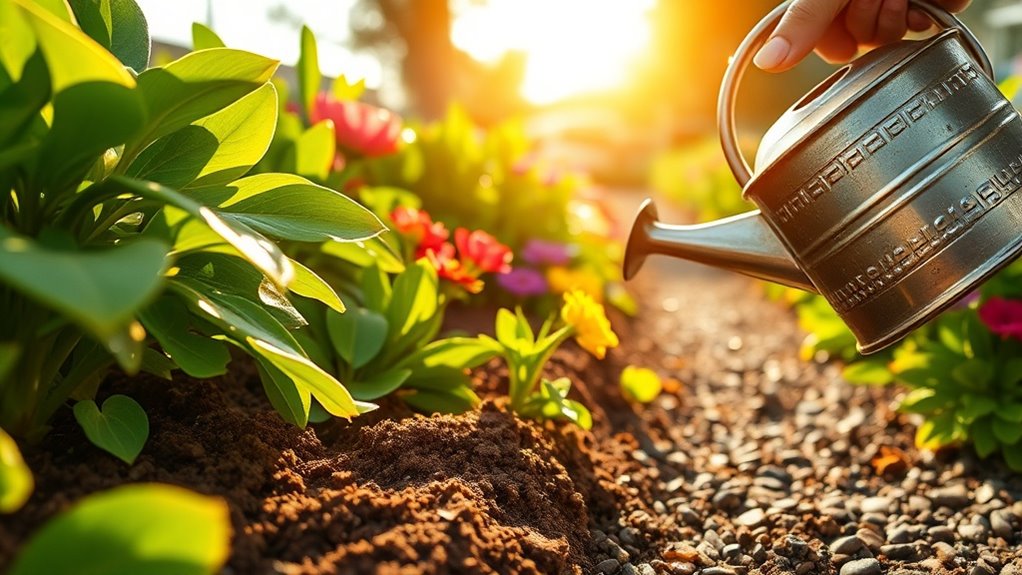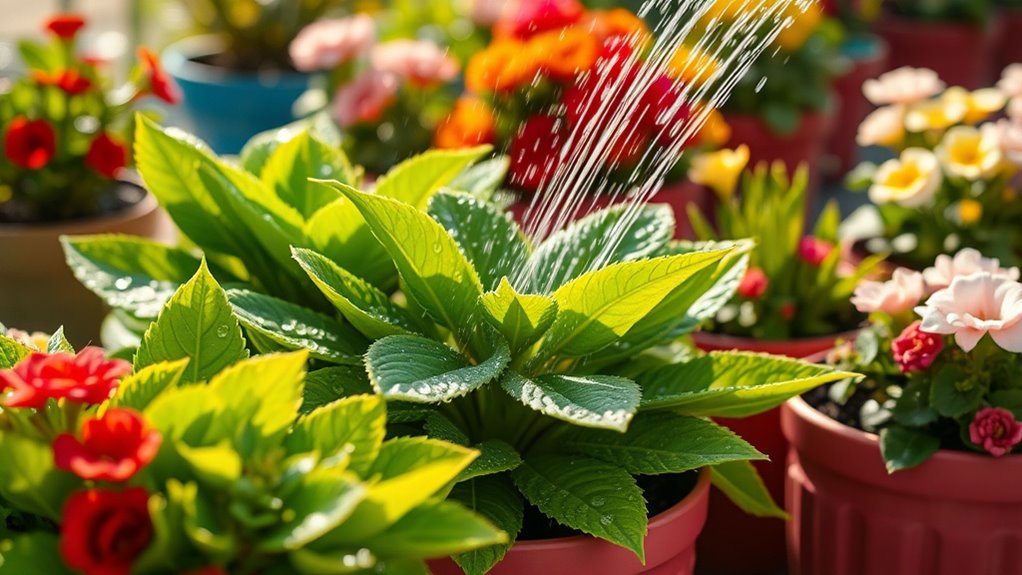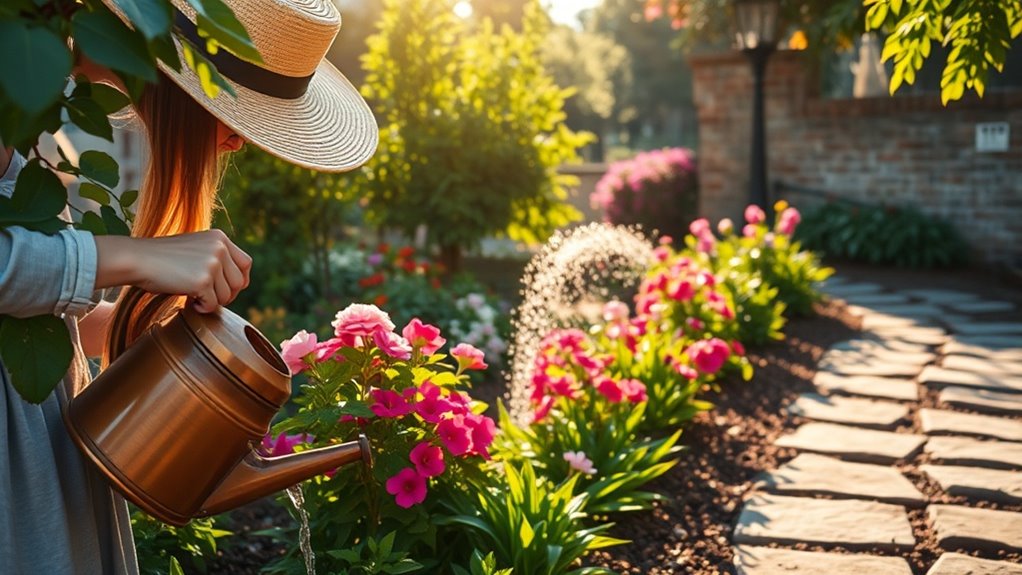The Simple Garden Routine That Keeps Plants Happy
Creating a simple garden routine is key to keeping your plants healthy and thriving. Start by assessing their specific needs, from watering schedules to soil health. You’ll want to make regular checks for pests and ensure they’re getting the right light exposure. But knowing where to begin can be overwhelming. Let’s explore the essential steps that will help you establish a nurturing environment for your plants.
Understanding Your Plants’ Needs
To ensure your plants thrive, it’s essential to grasp their specific needs. Each plant has unique requirements for light, soil, and nutrients.
Observing them regularly helps you identify signs of distress. By integrating simple garden routines, like adjusting their placement based on sunlight or incorporating organic fertilizers, you’ll significantly enhance their growth and overall health, creating a flourishing garden environment. Additionally, understanding proper watering schedules is crucial for maintaining optimal moisture levels in the soil.
Establishing a Watering Schedule
Understanding your plants’ light and nutrient needs sets the foundation for a successful garden, but watering is just as vital.
Create a watering schedule with these steps:
-
Assess soil moisture levels regularly.
-
Water early in the morning or late afternoon.
-
Adjust frequency based on plant type and weather.
-
Ensure water reaches the root zone effectively.
With consistency, your plants will thrive! Additionally, remember that factors that influence frequency can include the type of plants in your garden and the current weather conditions.
Maintaining Soil Health
Healthy soil is the backbone of any flourishing garden, so maintaining its quality is essential.
Regularly test your soil’s pH and nutrient levels to ensure balance. Incorporate organic matter like compost to enhance fertility and structure.
Practice crop rotation to prevent nutrient depletion and increase biodiversity.
Mulching also retains moisture and suppresses weeds, creating a thriving environment for your plants. Additionally, be on the lookout for signs of struggling soil which can indicate deeper issues affecting your garden’s health.
Pest Management Strategies
Even with healthy soil, plants can still face challenges from pests that threaten their growth.
Implementing effective pest management strategies ensures your garden thrives. Consider these steps:
- Monitor your plants regularly for signs of infestation.
- Introduce beneficial insects like ladybugs.
- Use organic pesticides when necessary.
- Rotate crops to disrupt pest life cycles.
To further enhance your pest control efforts, consider using natural sprays such as those made from ingredients like garlic and neem oil to repel unwanted insects. These practical methods help maintain a balanced ecosystem in your garden.
Seasonal Care and Maintenance
Throughout the year, your garden requires specific care to thrive in changing conditions.
In spring, focus on planting and fertilizing.
Summer demands regular watering and weed removal.
As fall arrives, prepare for winter by pruning and mulching.
In winter, protect your plants from frost by covering them. Additionally, be vigilant about signs of acidic soil as it can hinder plant growth and overall garden health.





